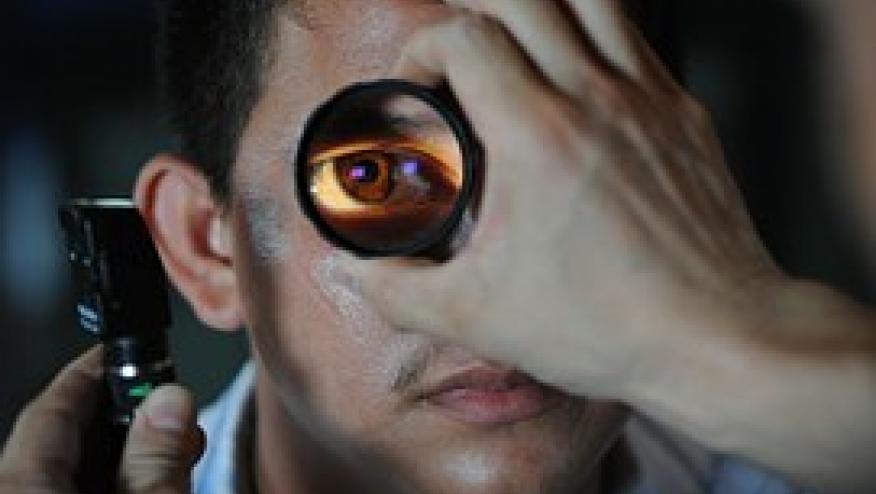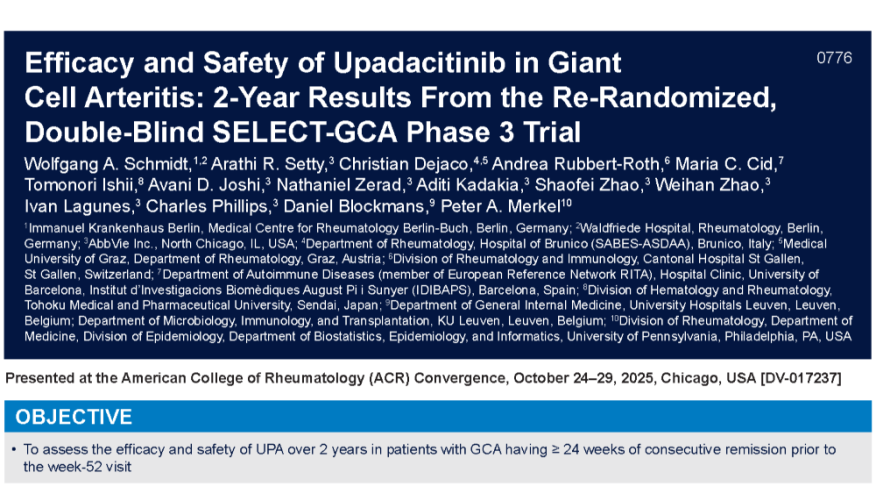ACR and Three Societies Agree on HCQ Eye Safety Save

Four major medical societies issued a joint statement of principles on safe use of hydroxychloroquine from the perspective of ocular toxicity.
The American College of Rheumatology, the American Academy of Ophthalmology, the American Academy of Dermatology, and the Rheumatologic Dermatology Society have together emphasized that HCQ is an important drug for several rheumatic diseases and is safe at recommended doses and with ocular screening.
"The goal of retinal screening is to safely maintain the use of this valuable medication for as long as possible for patients with rheumatic diseases, including cutaneous manifestations of rheumatic diseases," stated James T. Rosenbaum, MD, of Oregon Health & Science University in Portland, and colleagues in Arthritis & Rheumatology.
HCQ has been in the news in the past year, with much attention being paid to its potential as a treatment for COVID-19, and the potential for adverse events such as cardiac toxicity. But the drug has long been a mainstay for conditions such as systemic lupus erythematosus and rheumatoid arthritis, and the main safety concern has been retinopathy. Studies have estimated the prevalence of retinopathy from 4.3% to 13.8%, and in general, the risk of ocular toxicity relates to dosage and duration of use.
In one large study from Northern California, the overall prevalence was 7.5%. Daily doses below 5 mg/kg of HCQ were associated with rates of retinopathy below 2% for up to 10 years, but after 10 years, the odds ratio was 3.22 (95%R CI 2.20-4.70) and with doses above 5 mg/kg, the OR for retinopathy rose to 5.67 (95% CI 4.14-7.79).
"Blood levels of hydroxychloroquine might help in the future to monitor both clinical effect and risk of toxicity, but they are not yet widely available, and as presently performed, they show great variability relative to drug intake among individuals," the statement authors wrote.
In addition to dose and duration of therapy, renal function is another risk factor for toxicity, as the drug is excreted in urine. Lower doses and close monitoring of patients with renal insufficiency is needed.
Screening is crucial for the detection of retinopathy before irreversible damage such as the "bull's eye lesion" in the macula appears, which may continue to progress even after withdrawal of the medication. Central vision may ultimately be threatened.
A baseline examination should be done within a few months of the initiation of HCQ to rule out underlying disorders such as macular degeneration or diabetic neuropathy. Annual screening for patients without risk factors should then commence after 5 years of treatment.
The optimal approach to screening is with optical coherence tomography (OCT). "Visual fields should typically focus on the central 10 degrees of the retina (e.g., 10-2 protocols) looking for areas of low visual sensitivity in central vision," the authors noted, but for East-Asian patients, screening should preferably extend beyond the center of the macula.
The bull's eye lesion in the macula seen on OCT spares the foveal center, and may be accompanied by other early changes including disruption of the retinal ellipsoid zone and thinning of the layers of the retina.
The early signs of retinopathy can be subtle and develop slowly, and interpretation can be challenging. However, it's not advisable to stop the HCQ for borderline toxicity changes, but rather any suspicious findings can be rechecked after a few months or can be retested using multifocal electroretinography or fundus autofluorescence imaging.
"Suggestive or uncertain findings should be discussed with the patient and prescribing physician to justify further examinations, but the drug need not be stopped until evidence for retinopathy is definitive, in particular for patients with active rheumatic or cutaneous disease," Rosenbaum and colleagues noted.
Effective communication among specialists is necessary for safe and effective use of HCQ. "It is the responsibility of the rheumatologist, dermatologist, or other non-ophthalmic clinician to prescribe hydroxychloroquine properly, but the responsibility of the ophthalmologist or other eyecare professional to screen correctly for toxicity, and the responsibility of both to advise patients about the risk of retinopathy and to work together to ensure optimal care," they concluded.
Source Reference: Rosenbaum J, et al "ACR, AAD, RDS, and AAO 2020 joint statement on hydroxychloroquine use with respect to retinal toxicity" Arthritis Rheum 2021; DOI: 10.1002/art.41683.









If you are a health practitioner, you may Login/Register to comment.
Due to the nature of these comment forums, only health practitioners are allowed to comment at this time.